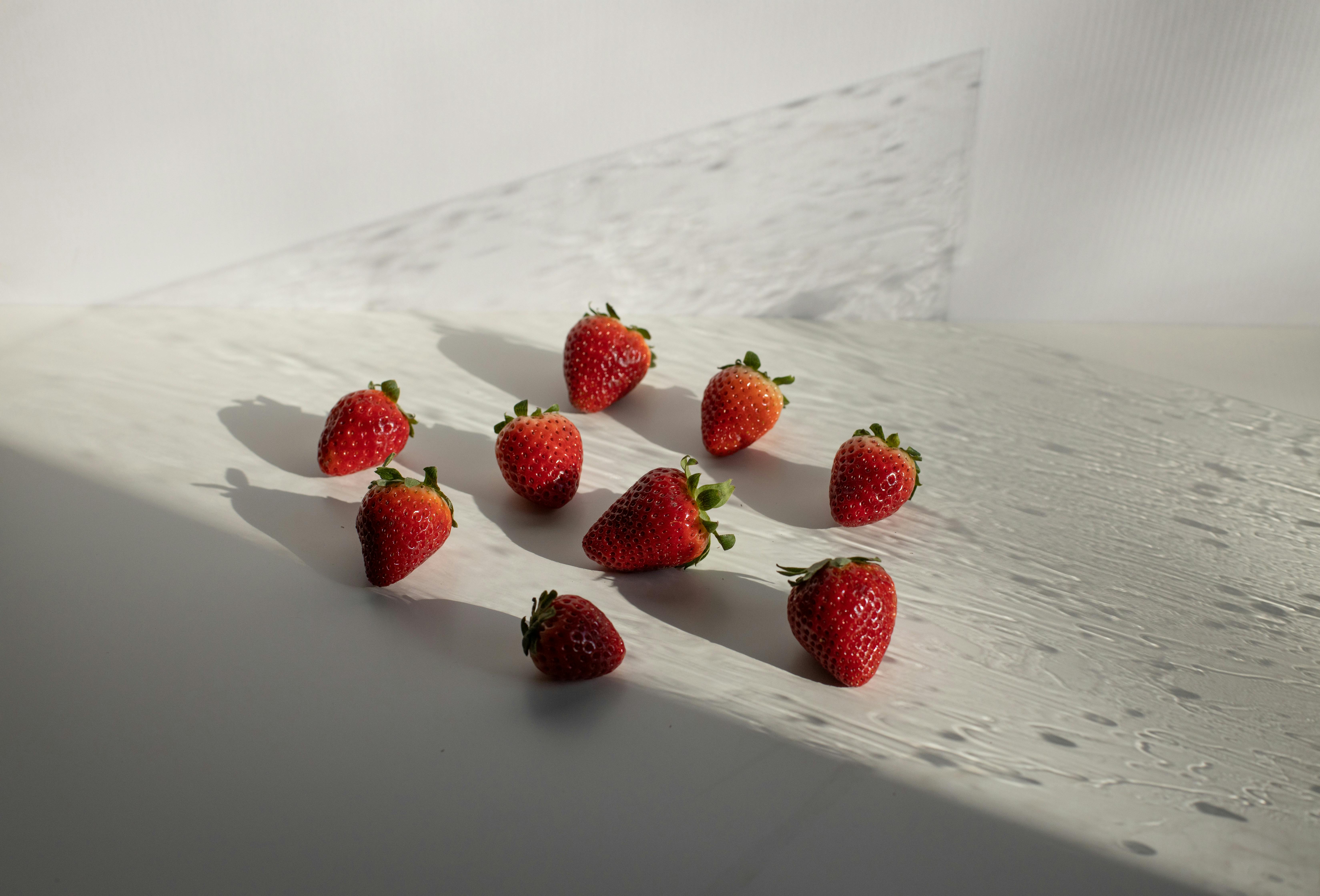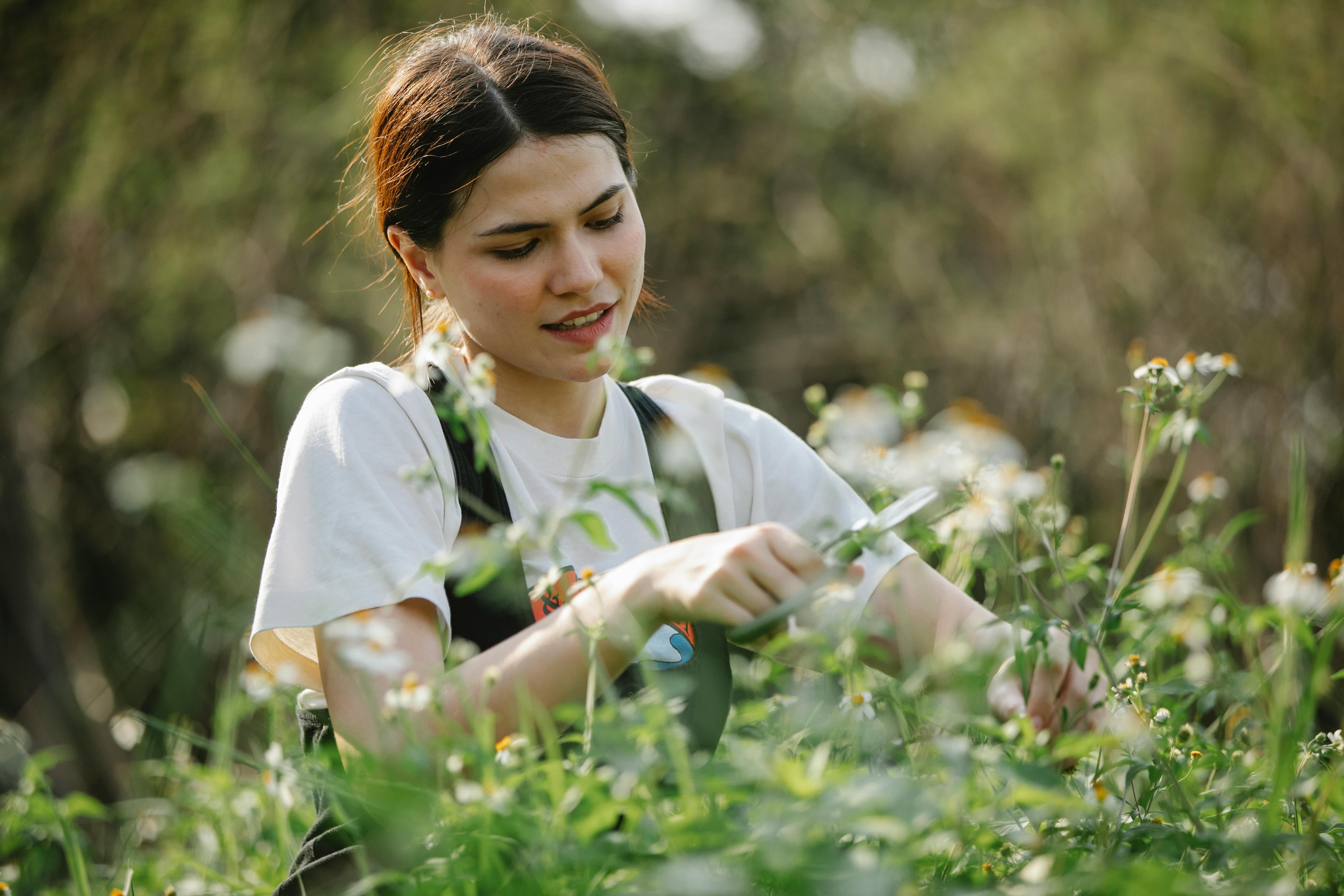Strawberry plants are a popular choice for many gardeners. They are easy to grow and produce delicious fruit. For healthy growth and an abundant harvest, it is important to know when to trim your strawberry plants. Knowing when and how to trim your strawberry plants can ensure a healthy, productive crop of strawberries each season. This article will discuss when and how to prune your strawberry plants for maximum growth and production.The best time to trim strawberry plants is in late winter or early spring, just before the plants start to produce new growth. This will help promote more vigorous growth and ensure that the plants have enough time to recover before the summer heat sets in.
Why Should You Trim Strawberry Plants?
Trimming strawberry plants is an important part of regular maintenance for a healthy crop. When plants are not trimmed, they can become overcrowded and overgrown, leading to decreased air circulation and sunlight exposure. This can cause disease or pests to spread quickly among the plants and reduce the quality and quantity of the fruit produced. Pruning also encourages the plant to produce more healthy fruits. By removing older, less productive stems, new shoots will be encouraged to grow, resulting in a higher yield of larger, tastier fruits.
Additionally, trimming helps maintain the size and shape of the plant. When left unchecked, strawberry plants can become lanky or spindly due to lack of adequate sunlight. Pruning also reduces competition between leaves for resources such as water and nutrients. Trimming away dead or diseased foliage eliminates potential sources of infection that can spread throughout the plant population.
Finally, trimming strawberry plants helps keep them looking neat and tidy in your garden or landscape. Keeping up with regular trimming will help create an attractive display that is sure to be admired by visitors and passersby alike!
In summary, trimming strawberry plants on a regular basis is essential for optimal health and productivity. It can help reduce disease pressure by removing old foliage, improve air circulation for better sunlight exposure, encourage new growth for higher yields of larger fruits, maintain size and shape, as well as make your garden look neat and tidy!
What Tools are Needed to Trim Strawberry Plants?
Trimming strawberry plants is a necessary task for maintaining healthy and productive plants. It is important to use the right tools when trimming, as it can be dangerous if done incorrectly. The most common tools used for trimming strawberry plants include pruning shears, hand pruners, and loppers. Pruning shears are ideal for removing dead or diseased branches and can also be used to thin out overcrowded areas. Hand pruners are useful for cutting off small branches and thinning out overgrown growth. Loppers are best suited for larger jobs such as removing dead or damaged woody stems. All of these tools should be properly sharpened before use to ensure clean cuts that will not damage the plant. Additionally, gloves should be worn to protect the hands from any sharp edges that may occur during trimming.
How to Safely Prune and Trim Strawberry Plants
Pruning and trimming strawberry plants is an important part of strawberry cultivation. It helps promote healthy growth, improves air circulation, and can even enhance the plant’s fruiting potential. As with any pruning, one should practice caution when pruning and trimming strawberry plants. Here are some steps to help you do it safely:
Remove Dead or Diseased Foliage
Start by removing dead or diseased foliage from your strawberry plants. This will prevent the spread of disease and pests, as well as improve air circulation. To remove dead or diseased foliage, simply use a pair of garden scissors to cut off the affected leaves.
Trim Excess Growth
Once all the dead or diseased foliage has been removed, you can begin trimming away excess growth from your strawberry plants. This includes any long shoots or suckers that may have grown out from the main stem of the plant. Trimming away these excess shoots will help direct more energy towards producing fruit.
Thin Out Crowded Plants
If your strawberry plants are overcrowded, then you may need to thin them out a bit to ensure each plant has enough room to grow properly. Thinning out overcrowded plants also helps improve air circulation around them, which can help prevent disease and pest infestations.
Prune Away Weak Stems
It is also important to prune away weak stems from your strawberry plants. These weak stems will not produce many fruits, so it’s best to get rid of them so that they don’t take away nutrients from other parts of the plant. To do this, simply use a pair of garden scissors to cut off the weak stems at their base.
By following these steps, you can safely prune and trim your strawberry plants without damaging them. Pruning and trimming will help keep your strawberry plants healthy and productive for years to come!
Removing Diseased or Damaged Foliage from Strawberry Plants
Strawberry plants are susceptible to a variety of diseases and pests that can damage their foliage. It is important to remove diseased or damaged foliage from strawberry plants as soon as it is noticed in order to prevent the spread of infection and maintain healthy growth. Removing diseased or damaged foliage from strawberry plants can be done in a few simple steps.
The first step is to identify any diseased or damaged foliage on the plant. Look for any leaves that are discolored, wilted, or have holes in them. Once you have identified the affected foliage, it should be removed from the plant. It is best to use clean, sharp pruning shears to cut away the affected leaves. Make sure not to leave any stumps behind as these can encourage disease and pest infestations.
After removing the affected foliage, it is important to dispose of it properly. Do not place infected material on the compost pile as this could spread disease and pests throughout your garden. The infected material should be placed in a sealed bag and disposed of in the garbage instead.
Finally, it is important to keep an eye out for any signs of new infection or damage on your strawberry plants and remove affected foliage as soon as possible. Removing diseased or damaged foliage quickly can help ensure a healthy harvest of delicious strawberries!

Trimming Strawberry Plants
Strawberry plants require regular trimming in order to remain healthy and productive. Properly trimming your strawberry plants is an important part of garden maintenance that can help ensure a bountiful harvest. Trimming strawberry plants helps to promote air circulation, remove diseased or dead foliage, and encourage new growth. It also helps to keep the plant compact and prevent it from becoming overgrown. In general, strawberry plants should be trimmed once every two to three weeks during the growing season, although more frequent trimming may be necessary in some cases.
When trimming your strawberry plants, it is important to use sharp, clean pruning shears or scissors. Make sure that any tools you use are free of rust or other debris before you begin trimming. Start by removing any dead leaves, branches, and stems from the plant. Be sure to prune away any diseased or damaged foliage as well. Once all of the dead material has been removed, you can begin shaping the plant by removing excess foliage that is blocking light and air circulation from reaching the center of the plant.
When shaping your strawberry plant, make sure not to cut too much at once as this could shock the plant and slow down its growth. Aim for a dome-like shape with an open center so that light and air can reach all parts of the plant evenly. Additionally, try not to prune off too many of the young buds as this will reduce your harvest for that season. Once you have finished pruning your strawberry plants, be sure to water them thoroughly afterwards as this will help them recover quickly from any stress caused by trimming.
In conclusion, it is important to regularly trim your strawberry plants in order to keep them healthy and productive during the growing season. Trimming helps promote air circulation and encourage new growth while keeping the plants compact and preventing them from becoming overgrown. Strawberry plants should generally be trimmed every two to three weeks during their growing season but may need more frequent trimming in some cases. When trimming your plants make sure to use sharp tools that are free of rust or debris, remove any dead material such as leaves or branches first before shaping the plant into a dome-like shape with an open center for maximum light and air circulation. Finally remember to water your plants thoroughly afterwards so they can recover quickly from any stress caused by trimming
Regular Pruning of Strawberry Plants
Regular pruning of strawberry plants can be beneficial for many reasons. Pruning helps to improve the overall health of the plant, as well as increase its production of fruit. Pruning also helps to keep the plants from becoming overcrowded and unruly, and can even help to reduce competition for nutrients and light among the plants. Regular pruning encourages growth in all directions, allowing more sunlight to reach lower leaves and aiding in air circulation. This can help prevent disease and pests from taking hold of the plants. Removing diseased or dead foliage will also help keep other plants healthy.
Pruning will also help to encourage larger fruits by removing any flowers or young fruit that may be competing for resources with the larger berries. By removing these smaller fruits, the plant will focus its energy on developing bigger strawberries. Pruning also helps promote better airflow throughout the plant, which can reduce fungal diseases like gray mold. The removal of old foliage can also help reduce pest populations, since some insects prefer to lay their eggs on older leaves.
Finally, regular pruning of strawberry plants provides a better aesthetic appearance for your garden or landscape. When overgrown or unruly plants are regularly pruned back, they look neater and tidier in appearance than when left untended.
Pruning and Trimming
Pruning and trimming strawberries are essential for the health of the plant and for maximizing yields. Pruning helps keep the plant free of disease, while trimming encourages the production of more flowers and berries. Pruning can be done in late fall or early spring when the plant is dormant. Trimming should be done throughout the growing season to maintain healthy foliage and promote fruit production.
When pruning, it is important to remove any dead or damaged leaves or stems. This will help to prevent disease from spreading to other parts of the plant. Once all dead or damaged material has been removed, look for any stems that are overcrowded or growing in an undesirable direction. These should also be removed to encourage new growth and better air circulation around the plant.
Trimming can be done throughout the growing season to control excessive growth and promote fruit production. During this process, it is important to remove any shoots that are growing vertically instead of horizontally along the ground, as these will not produce fruit. Additionally, any flower buds that have already opened should be removed since they will not produce fruit either. Finally, look for any leaves or stems that are overcrowded or receiving inadequate air circulation and remove them as well.
By regularly pruning and trimming your strawberry plants, you can ensure their health while also maximizing yields of delicious berries!

Conclusion
It is important to keep in mind that strawberry plants need to be trimmed regularly for optimum growth. Trimming helps promote bushier and healthier plants, which allows for better yields and a larger harvest. Trimming should be done in late winter or early spring when the plant is dormant. Pruning should be done throughout the season to remove dead or diseased foliage, as well as any overgrown or unproductive stems. Proper trimming and pruning techniques will ensure that your strawberry plants are healthy and produce an abundance of delicious fruit.
By following these simple tips, you can ensure that your strawberry plants are healthy and happy while producing a large harvest of sweet strawberries. With proper care and regular maintenance, your strawberry patch can bring you years of enjoyment and plenty of tasty treats!



